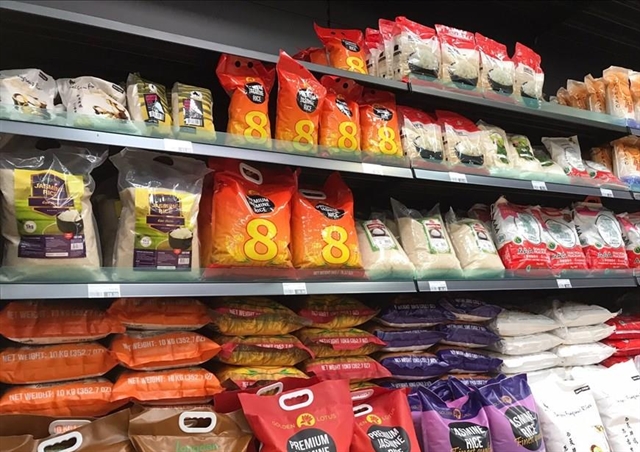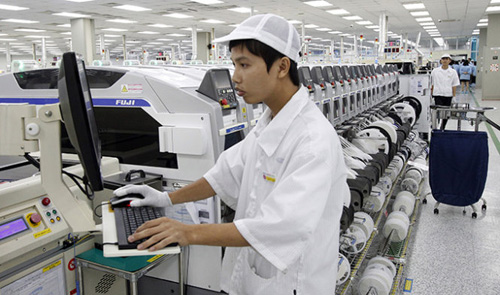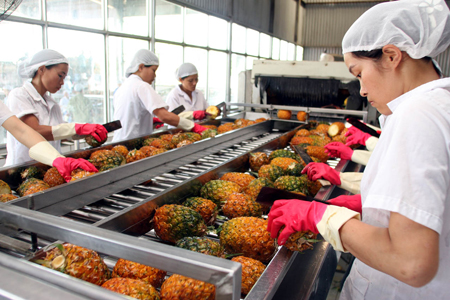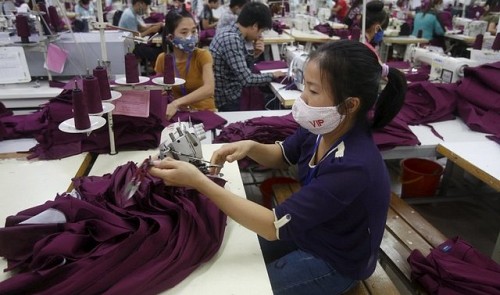Trade deficit in Vietnam hits $3.6bn in Jan-Oct over rising car imports
Trade deficit in Vietnam hits $3.6bn in Jan-Oct over rising car imports
Vietnam logged a US$3.58 billion trade deficit in the first ten months of this year, largely due to rising imports of cars, the latest customs data shows.
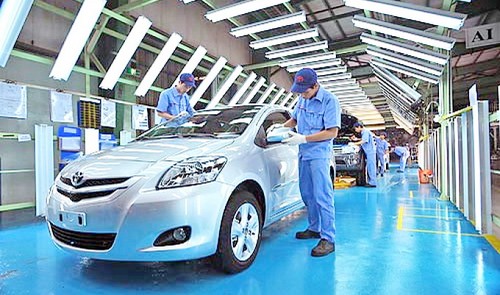
The country's exports in the ten-month period topped $134.41 billion, up $10.31 billion compared to a year earlier, according to the General Department of Vietnam Customs.
Imports stood at nearly $138 billion, a $16.6 billion increase year on year.
Total import-export turnovers were therefore $272.4 billion, up $26.9 billion from the Jan-Oct period last year, while Vietnam returned to a $3.58 billion trade deficit from a surplus of $2.36 billion in the same period in 2014.
The Southeast Asian country spent $2.33 billion on bringing home 97,320 completely built-up (CBU) cars in the ten-month period, an 89 percent increase in volume and 102 percent rise in value, according to the customs data.
China was Vietnam’s largest CBU car supplier, with 21,050 units sold between January and October, representing a 115 percent surge from the same period last year.
This was followed by South Korea, whose car exports to Vietnam rose 59.3 percent year on year to 20,790 units, and Thailand, whose shipments jumped 89.8 percent to 20,300 units.
India posted the highest growth, with 17,540 cars under nine seats sold to Vietnam from January to October, up 104.2 percent from a year earlier.
Indian vehicles accounted for as many as 45 percent of the total car imports, according to customs figures.
Experts and analysts have said that with the reduction of duties on imported automobiles following the effectiveness of multiple regional and international free trade agreements, accompanied by cheaper fuel prices, car imports will continue to boom in the near future.
Car-buyers are also hugely supported by local banks, which are willing to provide soft loans on car purchases.
In the ten-month period, Vietnam also spent nearly $23 billion on imports of machinery, equipment and tools, and $19.35 billion buying computers and electronics spare parts.
The agriculture-driven country also imported $2.48 billion worth of animal feed, while its rice exports in the ten months only brought home $2.28 billion.
Mobile phones and parts continued to be the main moneymaker for Vietnam, home to several production complexes of the world’s leading smartphone maker Samsung, with a total export revenue of $25.67 billion during the same period.
Textiles and garments posted $19 billion in earnings, whereas computers, electronics and parts raked in $12.81 billion.
Revenue from seafood and crude oil, two of Vietnam’s top ten export staples, dropped sharply to $5.43 billion and $3.26 billion from $6.53 billion and $6.3 billion in 2014, respectively.



